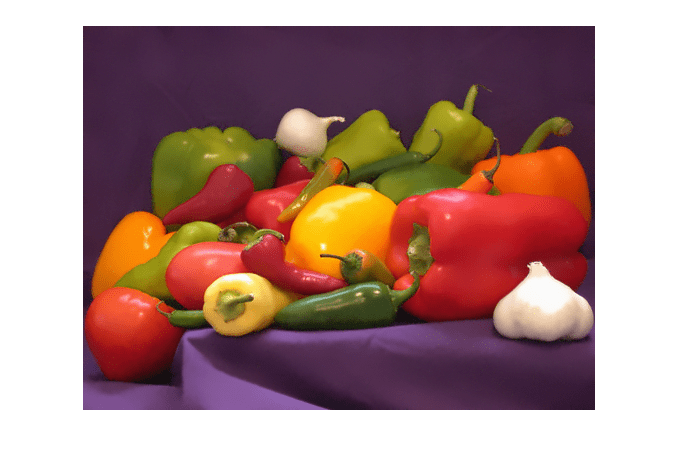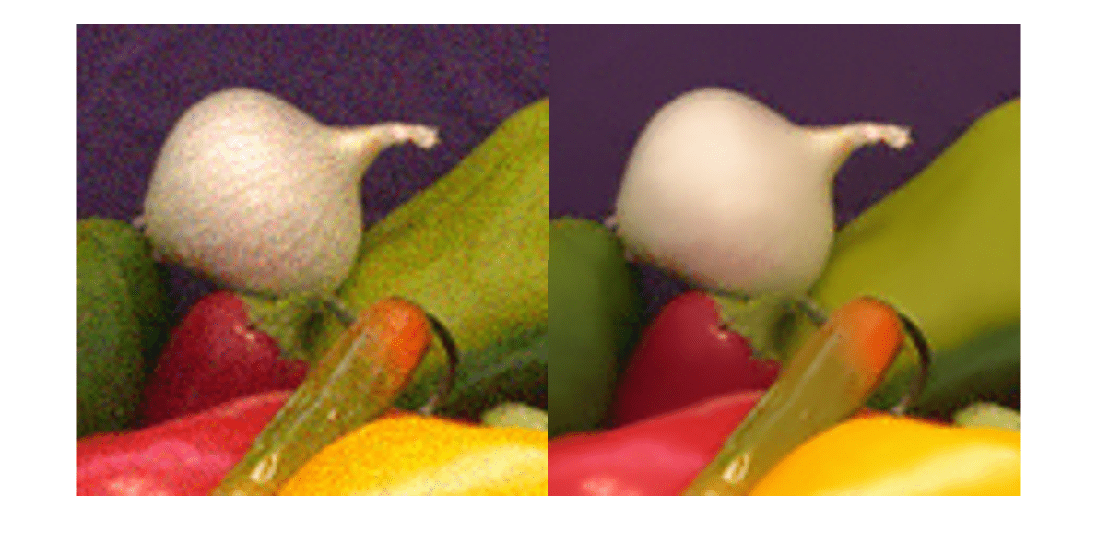imnlmfilt
Non-local means filtering of image
Description
J = imnlmfilt(I,Name,Value)
Examples
Input Arguments
Name-Value Arguments
Output Arguments
Tips
To smooth perceptually close colors in an RGB image, convert the image to the CIE L*a*b* color space using
rgb2labbefore applying the non-local means filter. To view the results, first convert the filtered L*a*b* image to the RGB color space usinglab2rgb.If the data type of
Iisdouble, then computations are performed in data typedouble. Otherwise, computations are performed in data typesingle.
Algorithms
References
[1] Buades, A., B. Coll, and J.-M. Morel. "A Non-Local Algorithm for Image Denoising." 2005 IEEE® Computer Society Conference on Computer Vision and Pattern Recognition. Vol. 2, June 2005, pp. 60–65.
[2] Immerkær, J. "Fast Noise Variance Estimation." Computer Vision and Image Understanding. Vol. 64, Number 2, Sept. 1996, pp. 300–302.



